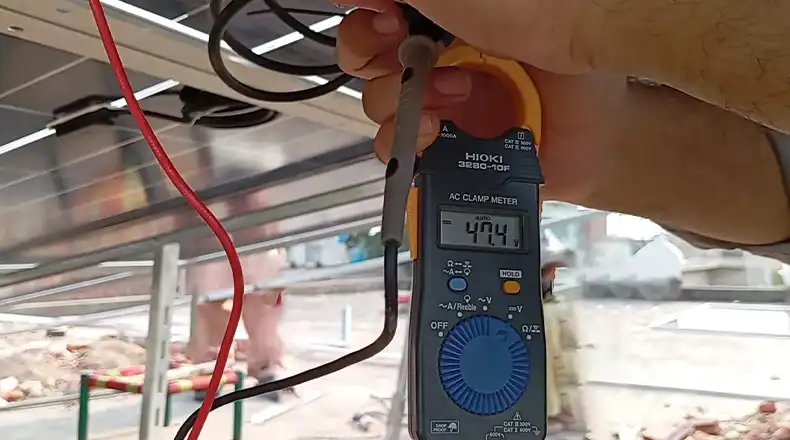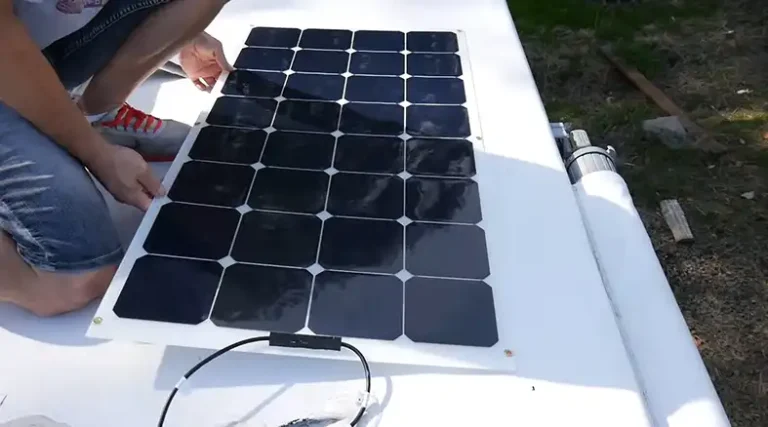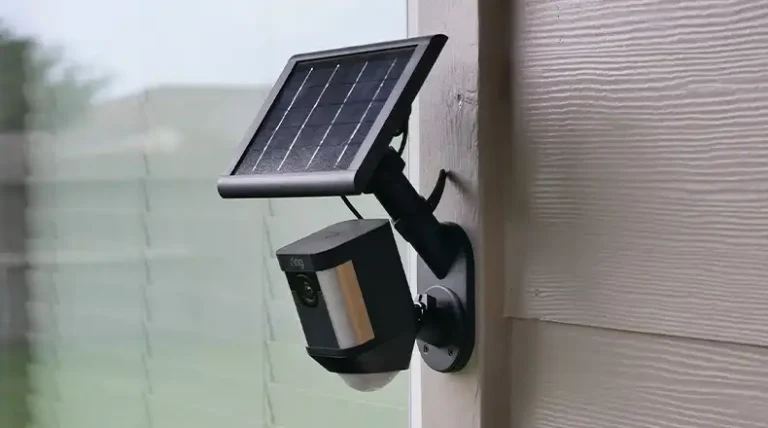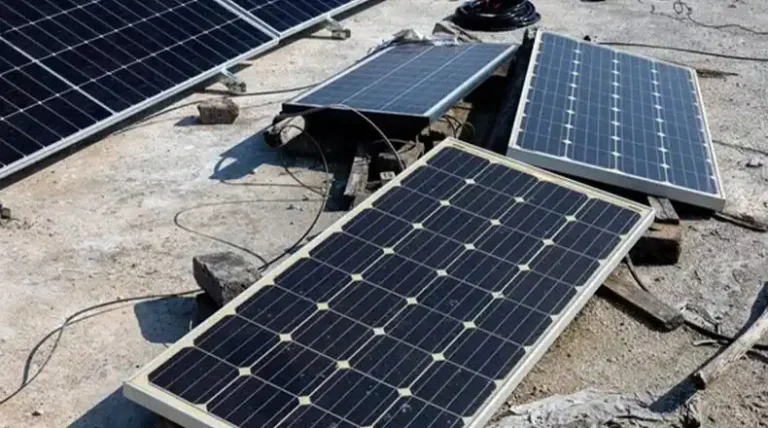How to Calculate PV Wattage | Complete Guide
Understanding how to calculate PV wattage is crucial for designing an efficient solar system that meets your energy needs. This article will explore the intricacies of PV wattage calculation, providing you with the knowledge and tools to make informed decisions about your solar energy setup.

How PV Wattage is Determined
Before diving into calculations, it’s essential to grasp the concept of PV wattage. Wattage is a measure of electrical power, representing the rate at which energy is transferred. In the context of solar panels, wattage indicates the amount of electrical power a panel can produce under ideal conditions.
Solar panel wattage is determined by three key factors: the number of cells, voltage (Vmp), and current (Imp). Manufacturers typically rate their panels based on Standard Test Conditions (STC), which provide a consistent benchmark for comparison. However, it’s important to note that real-world conditions often differ from STC, affecting actual power output.
Step-by-Step PV Wattage Calculation Process
Let’s walk through the process of calculating PV wattage:
Step 1: Determine Panel Specifications
Begin by identifying your panel’s rated power output, voltage (Vmp), and current (Imp). These specifications are typically provided by the manufacturer.
Step 2: Account for Environmental Factors
Consider the temperature coefficient and local irradiance levels. The temperature coefficient indicates how much the panel’s output changes with temperature variations.
Step 3: Calculate Actual Power Output
Use this formula to estimate actual wattage:
Actual Wattage = Rated Wattage × Efficiency Factor
The efficiency factor accounts for real-world conditions and system losses. A conservative estimate might use 0.8 as an efficiency factor.
Step 4: Calculate Daily PV Output
To determine daily energy production, use this formula:
Daily Output (Wh) = Actual Wattage × Peak Sunlight Hours
For example, if you have a 300W panel with an efficiency factor of 0.8 and 5 peak sunlight hours:
Daily Output = (300W × 0.8) × 5 hours = 1,200 Wh or 1.2 kWh
Advanced Calculation Techniques for Complex Solar Systems
For more complex systems, additional calculations are necessary:
- String sizing: When connecting multiple panels, ensure voltage and current compatibility with your inverter.
- Inverter efficiency: Account for energy lost during DC to AC conversion.
- System sizing based on energy needs: Calculate your daily energy consumption and size your system accordingly.
For off-grid systems, battery capacity becomes a crucial factor. You’ll need to calculate the total amp-hours required to meet your energy needs during periods of low sunlight.
Common Mistakes to Avoid
When calculating PV wattage, be wary of these common pitfalls:
- Ignoring shading effects: Even partial shading can significantly reduce output.
- Overlooking temperature derating: Higher temperatures can decrease efficiency.
- Underestimating energy needs: Always include a buffer for unexpected usage or cloudy days.
- Neglecting seasonal variations: Sun angle and daylight hours change throughout the year.
- Assuming peak performance at all times: Real-world conditions rarely match STC.
Summing Up
Calculating PV wattage is a crucial step in designing an efficient and effective solar power system. By understanding the factors involved and following a systematic approach, you can accurately estimate your system’s output and ensure it meets your energy needs. Remember that while these calculations provide valuable insights, consulting with a solar professional is always recommended for a complete system design tailored to your specific situation.






